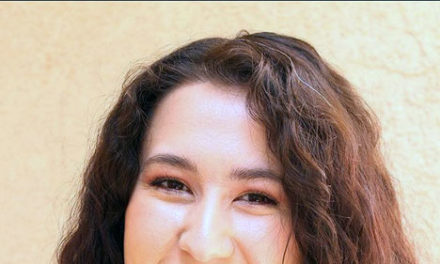Paw it forward
“City chickens, rats with wings, food, entertainment, messengers, heroes, symbols of peace …”

Colleen Dougherty
Whatever we call them, one thing’s for sure, the humble pigeon has been part of human society for thousands of years. Descendants of the rock dove, now found along the coastlines of Scotland and Ireland but originating as far back as 300,000 years in Asia, Europe and the Mediterranean basin, pigeons were originally domesticated for food and for their amazing navigational skills.
Early Greeks and Romans used them to relay messages in battles, and announce winners of the first Olympic games. Settlers to the U.S. brought them from Europe in the 1600s for food and communication.
People also admired their iridescent neck feathers, variety of colors and dramatic eye details. People began breeding them in the 1800s, giving them names like fantails, jacobins, barbs and tumblers — who have long feathers on their feet. Today, there are thousands of clubs around the world where people gather to race, show or release their flocks at special events such as weddings and memorials.
Because of their long history of domestication, pigeons are genetically predisposed to be comfortable around humans, something many people resent, even though our species is responsible for it. Their natural habitats are high cliffs, caves and crevices, so they’re drawn to the tops of our buildings, and live under outcroppings and eaves.
Pigeons are ground feeders and seed eaters, but living in our cities they’ve learned to feed off our leftover food. That’s why you see them in our filthy parking lots, parks, sidewalks and streets — our garbage is everywhere. Sometimes they get dirty. Sometimes they get hurt stepping on or getting tangled in our trash, or by mean people who harass them.
“Our litter harms pigeons,” said writer Steve Portugal, “and then we treat them with contempt for the way they look …”
Have you ever wondered if there’s a difference between pigeons and doves? Are homing pigeons different? What exactly is a turtledove …? Well, it turns out that all 340-plus species of pigeons and doves fall under the same scientific family — Columbidae — and all are descendants of the rock dove.
Species differ slightly in size, shape, colors and songs, but share most of the same traits and behaviors. For example, white winged doves have unique white stripes along the lower edge of their wing feathers, but all pigeons are ground feeders. Turtledoves are beautiful birds, slightly smaller than American doves, with golden-brown feathers layered in intricate patterns. They live only in Europe and, sadly, today are a vulnerable species because during the 1970s, 98 percent of their population was wiped out from hunting and habitat loss. Efforts are underway to restore this gentle, elegant species.
The Audubon Society calls the names “pigeon” and “dove” interchangeable, noting the irony that people have stereotyped them with such opposing values. It’s true, people often envision one being worthy of a Christmas ornament, the other limping through a parking lot with a French fry in its beak.
Pigeons and doves mate for life. Some “remarry” after a partner dies; others don’t — just like us. I read about a couple who watched a mated pair in their backyard for years. When the female died, the male came back to the yard year after year, alone. He never took another mate.
When they are ready to mate, a male pigeon chooses a site for a home, poofs up, struts around and coos to attract a female who’s interested. He brings her sticks to make the nest — flimsy at first, but becoming sturdier as it’s added to with more materials and solidified with droppings.
Females lay clutches of two eggs that resemble large, luminous pearls. In two to three weeks they hatch, and both parents begin feeding their babies with crop milk, a.k.a. pigeon milk, a unique substance high in protein and fat, produced in the crop (throat) of both the male and female. Interestingly, this “milk” is only found in pigeons, doves, flamingos and male emperor penguins.
Pigeons and doves are very attentive parents. Within two weeks, the little “squabs” are fully feathered, and at four to five weeks they start to fledge. Once the young pigeons take off, they don’t return. Fledgling doves hang around for another week or two to be fed before they, too, take off to find their new homes.
Besides flying around in the sky, a pigeon’s favorite place to be, is home. More about home, pigeon intelligence, navigational skills and legacy of heroism next month. Stay tuned, stay cool and be well.
(Colleen Dougherty’s history in animal welfare includes work in a veterinary clinic, shelters in Santa Fe and Albuquerque, and currently as a volunteer for the Valencia County Animal Shelter. She has been a speaker at the N.M. State Humane Conference on three occasions, presenting talks on caring for small mammals in the shelter setting, and compassion fatigue in animal welfare. She holds degrees in art and counseling therapy, and certificates in eco-psychology and feline massage therapy.)

















